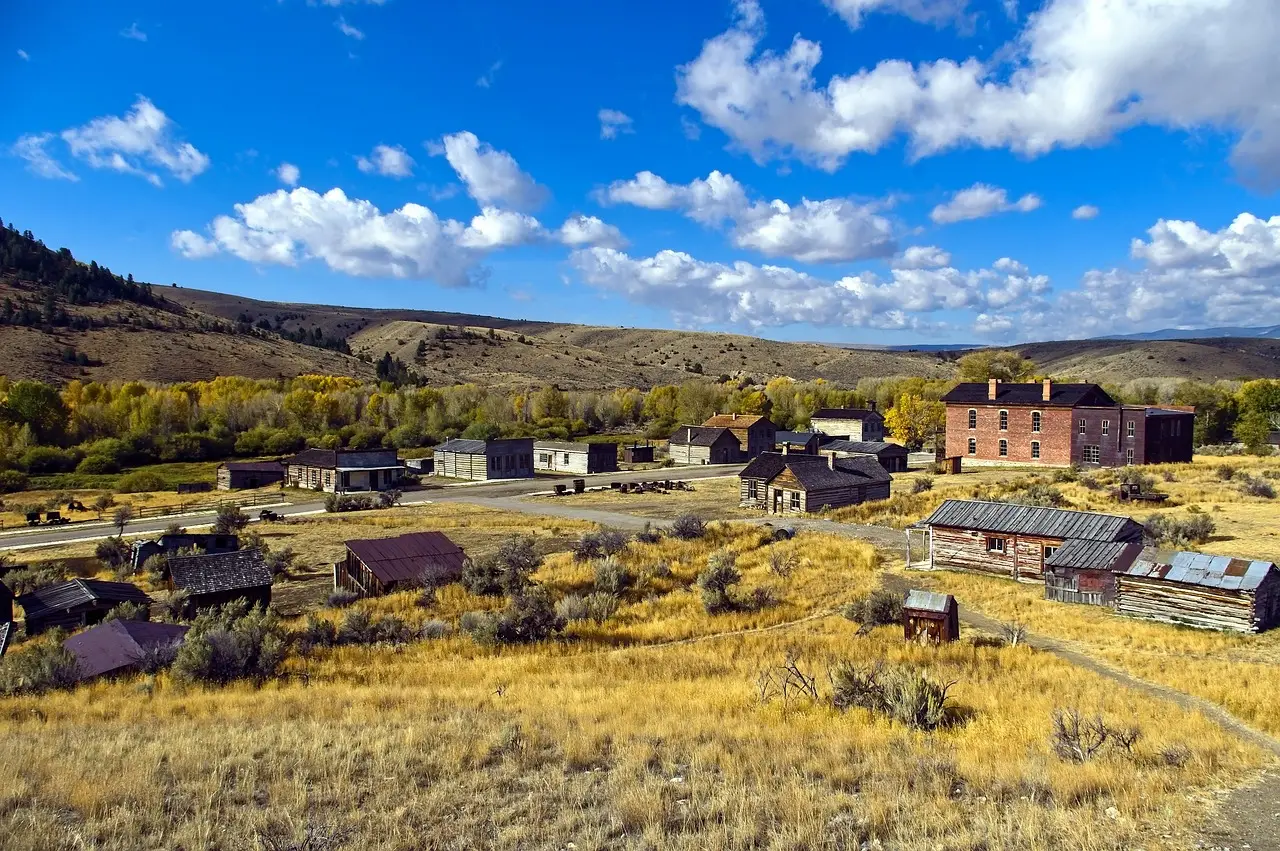Are Rural Communities Feasible in the Long Term, or Will Modernity Turn Them into Ghost Towns?
Introduction
Rural communities have long been the backbone of America, offering a way of life deeply rooted in tradition, agriculture, and close-knit social ties. However, as modernity reshapes the economic and social landscape, questions are emerging about the long-term feasibility of these communities. With declining populations, shrinking job opportunities, and the growing allure of urban areas, many wonder whether rural communities can survive or if they are destined to become ghost towns in the face of modernity. This blog explores the factors influencing the future of rural communities and examines whether they can adapt and thrive in the years to come.
The Challenges Facing Rural Communities
Economic Decline and Job Losses
One of the most significant challenges facing rural communities is the decline in economic opportunities. Over the past few decades, many rural areas have seen the loss of traditional industries such as manufacturing, mining, and agriculture due to globalization, automation, and changes in consumer demand. This economic decline has led to job losses, lower wages, and a shrinking tax base, making it difficult for rural areas to sustain their populations and services.
Example: In the Rust Belt, many small towns that once thrived on manufacturing have been hit hard by factory closures and job outsourcing. These communities struggle to attract new businesses, and residents often leave in search of better opportunities elsewhere, leading to a cycle of economic decline and population loss.
Population Decline and Outmigration
As economic opportunities dwindle, rural areas are experiencing significant population declines. Young people, in particular, are leaving rural communities in search of better jobs, education, and amenities in urban areas. This outmigration has led to aging populations in rural areas, with fewer young families to support local schools, businesses, and social institutions. The result is a weakened community fabric and reduced capacity for growth and development.
Example: In many parts of the Great Plains, small towns have seen their populations halve over the past few decades. Schools have closed, local businesses have shuttered, and once-vibrant communities have struggled to maintain a sense of identity and purpose as younger generations move away.
Lack of Infrastructure and Services
Rural communities often suffer from inadequate infrastructure and limited access to essential services, such as healthcare, education, and high-speed internet. This lack of infrastructure makes it challenging to attract new residents and businesses, further contributing to population decline and economic stagnation. Additionally, the cost of maintaining infrastructure, such as roads and utilities, becomes more burdensome as the tax base shrinks.
Example: In Appalachia, many rural communities lack reliable broadband internet, which is increasingly necessary for education, healthcare, and business operations. This digital divide puts rural residents at a significant disadvantage and limits the potential for economic growth and diversification.
The Case for Rural Resilience
The Value of Rural Life
Despite the challenges, rural communities offer unique advantages that can contribute to their long-term feasibility. Many people value the quality of life that rural areas provide, including a slower pace, lower cost of living, and close-knit community ties. These qualities can make rural communities attractive places to live, particularly for those seeking to escape the hustle and bustle of urban life.
Example: During the COVID-19 pandemic, many city dwellers relocated to rural areas, seeking more space, lower living costs, and a better work-life balance. This trend highlights the enduring appeal of rural life and the potential for these areas to attract new residents if the right conditions are in place.
Agriculture and Local Food Production
Agriculture remains a cornerstone of many rural economies, and the growing demand for locally sourced, sustainable food presents new opportunities for rural communities. By focusing on niche markets, value-added products, and sustainable farming practices, rural areas can leverage their agricultural heritage to build resilient local economies that meet the needs of modern consumers.
Example: In parts of the Midwest, small-scale farmers have successfully transitioned to organic farming, local food markets, and agritourism. These ventures have revitalized local economies, attracted new residents, and preserved the agricultural character of these communities.
Remote Work and Digital Opportunities
The rise of remote work and digital technology offers new possibilities for rural communities. With the right infrastructure, such as high-speed internet, rural areas can attract remote workers and digital entrepreneurs who value the quality of life these communities offer. Additionally, remote work can help reverse population decline by enabling residents to stay in rural areas while accessing employment opportunities in urban centers.
Example: In Vermont, state incentives to attract remote workers, combined with investments in broadband infrastructure, have successfully drawn new residents to rural areas. These newcomers bring fresh energy and economic activity, helping to sustain local communities and services.
Challenges to Overcome
Investing in Infrastructure
For rural communities to remain feasible in the long term, significant investments in infrastructure are essential. This includes expanding broadband access, improving transportation networks, and ensuring that essential services such as healthcare and education are accessible to all residents. Public and private partnerships, along with targeted government support, will be crucial in making these investments.
Fostering Economic Diversification
Rural communities need to diversify their economies to reduce their reliance on declining industries and create new opportunities for growth. This could involve investing in renewable energy, tourism, small-scale manufacturing, and other industries that align with the strengths and values of rural areas. Economic diversification will help build resilience and ensure that rural communities can adapt to changing economic conditions.
Building Community and Social Capital
Strong social ties and community engagement are critical for the long-term sustainability of rural areas. By fostering a sense of belonging and shared purpose, rural communities can retain residents, attract newcomers, and build the social capital needed to support local initiatives and development. This includes supporting local leadership, encouraging civic participation, and investing in community-building activities.
Conclusion
The future of rural communities is uncertain, and the challenges they face are significant. However, with the right investments in infrastructure, economic diversification, and community building, rural areas can remain feasible and even thrive in the long term. While modernity may pose challenges, it also offers opportunities for rural communities to adapt and find new ways to sustain themselves. The question of whether rural areas will become ghost towns or vibrant communities depends largely on the choices made today by policymakers, businesses, and residents.
Call to Action
Support the future of rural communities by advocating for infrastructure investments, promoting economic diversification, and engaging in local community-building efforts. Together, we can ensure that rural areas remain vital and sustainable for generations to come.
Want to say something? Say it in the Comments Section!
What do you think is the future of rural communities? Will they thrive or face decline in the coming years? Share your thoughts and engage with others in the discussion below!





